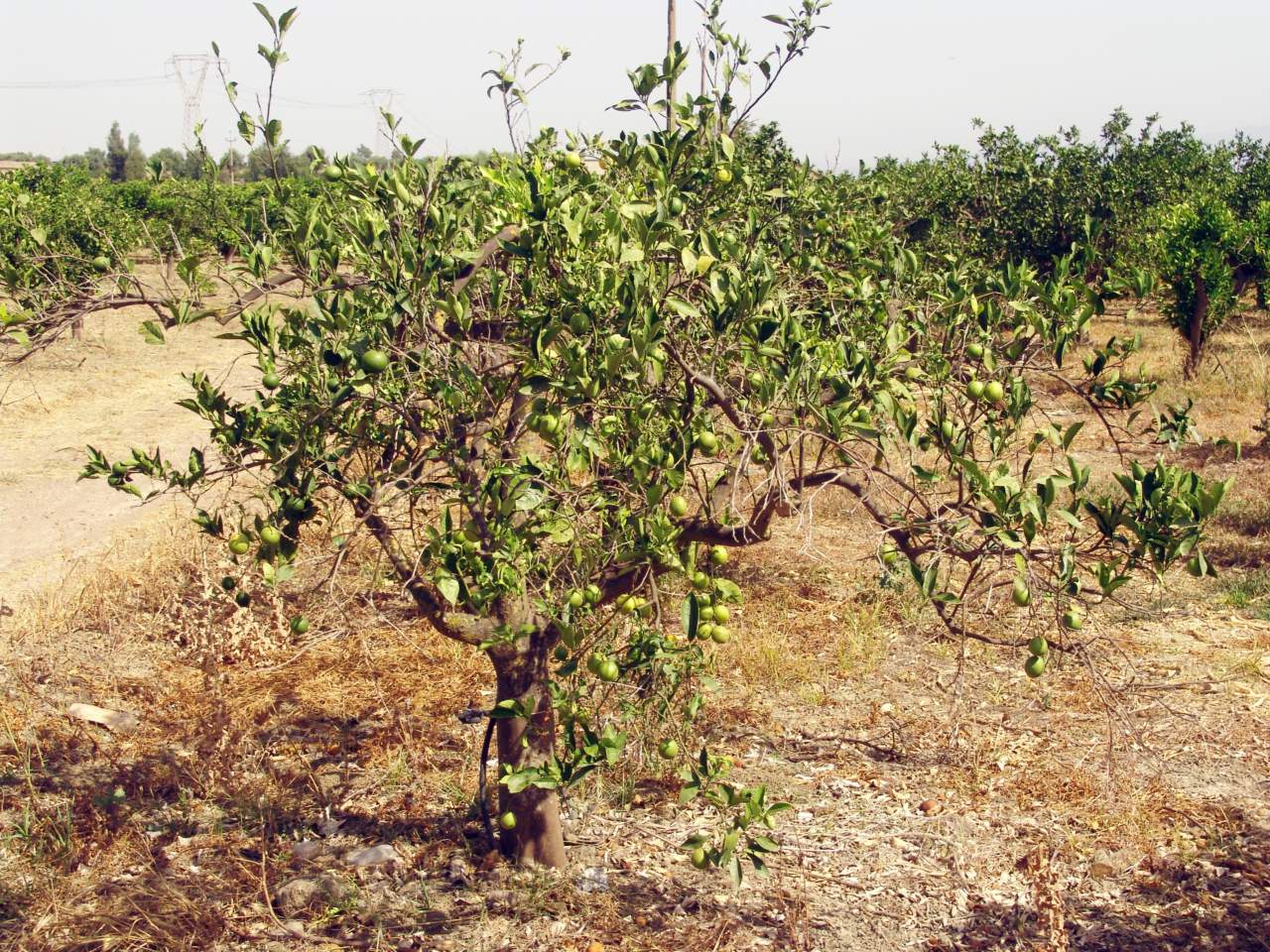
Citrus Sadness Virus
Ctv (Citrus Tristeza Virus)
Pathogen:
Virus
Type:
Risk:
CRITICAL




DESCRIPTION
Pathogen description
Citrus heartbreak virus (CTV) is a viral disease that affects citrus trees, such as lemon, and is transmitted by insect vectors such as aphids. It is one of the most devastating diseases in the citrus industry due to its ability to cause severe symptoms and reduce fruit production.
Disease description
CTV causes the disease known as citrus blight in lemon trees, which manifests itself with a series of general symptoms such as chlorosis in the leaves, reduction in the growth and development of the tree, general decline and eventual death of the plant. Among the main specific symptoms are the appearance of yellow Taches and deformations on the leaves, as well as the presence of small, low-quality fruits.
Chlorosis in the leaves.
Reduction in the growth and development of the tree.
General decline of the plant.
Appearance of yellow Taches and deformations on the leaves.
Small and low quality fruits.

TEMPERATURE AND HUMIDITY
20°C - 30°C
60% - 80%

VOIES DE TRANSMISSION
Insect vectors, infected grafts, contaminated plant material.

Chemical treatments
CONTROL
There are no effective treatments against viruses, the treatments are focused on combating the insect or vector carrying the virus (SEE THE TREATMENTS AVAILABLE AGAINST APHIDS)
Treatments authorized in organic farming
There are no effective treatments against viruses, the treatments are focused on combating the insect or vector carrying the virus (SEE THE TREATMENTS AVAILABLE AGAINST APHIDS)
Biological control
-
Preventive treatments
There are no effective treatments against viruses, the treatments are focused on combating the insect or vector carrying the virus (SEE THE TREATMENTS AVAILABLE AGAINST APHIDS)
To prevent and control citrus blight, it is essential to use certified, virus-free plant material, as well as proper management of insect vectors. In addition, it is recommended to implement cultural control measures, such as the elimination of infected plants and the use of resistant rootstocks.
Use certified and virus-free plant material.
Carry out adequate management of insect vectors.
Eliminate infected plants.
Use resistant rootstocks.
Recommendations
*The recommended treatments are recommendations based on the authorities' databases and do not replace in any way the guidelines established by the legislation of each country.





